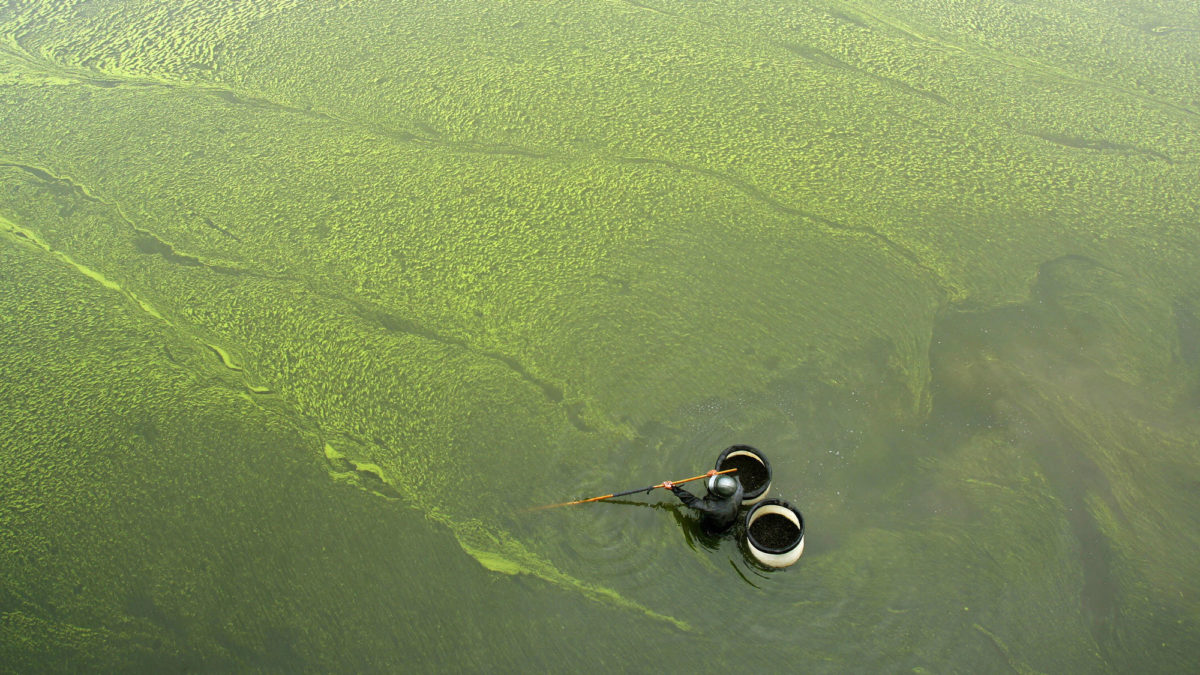I recently learned that the author of this upcoming new book will be reading excerpts on stage at the beaver festival. He will also be tabling the event to sell and signing copies. Ben sent along this article and said it reminded him of my frequent remark that often people write articles advocating beavers without realizing it.
You can see why.

Can the World Find Solutions to the Nitrogen Pollution Crisis?
The world is using nitrogen fertilizer less and less efficiently. A greater proportion than ever before is washing into rivers and oceans. An environmental catastrophe looms, nitrogen scientists say, and the world urgently needs to develop strategies to prevent it.
The bottom line, many there concluded, was that we must halve the amount of nitrogen we dump into the environment by mid-century or our ecosystems will face epidemics of toxic tides, lifeless rivers, and dead oceans. And that to do that will require, among other things, almost doubling the efficiency of nitrogen use on the world’s farms.

Earth system scientists say nitrogen is the major factor in biogeochemical pollution, one of four “planetary boundaries” that we have exceeded, risking “irreversible and abrupt environmental change.” The world is attempting to address the other three: climate change, deforestation, and biodiversity loss. But, says Sutton, a British researcher at the Centre for Ecology and Hydrology in Edinburgh, nitrogen pollution is a largely ignored environmental story, with no international agreement or UN agency to galvanize action.
That fallout is all around us. In the United States, it is being felt in virtually all parts of the country — unleashing algal blooms in rivers from the Ohio to the Klamath in California; poisoning underground water reserves in California; leaving fish gasping for oxygen in Chesapeake Bay; and creating toxic “red tides” off the shores of Florida.
The Gulf of Mexico has a regular “dead zone,” where excess nitrogen stimulates so much aquatic plant growth that its eventual rotting consumes all the available oxygen, suffocating most other marine life. The zone arises from nitrogen pouring down the Mississippi from the grain fields of the Midwest. It typically extends each summer for 5,300 square miles. Last summer’s reached 8,800 square miles, the largest ever.
Raise your hand if you are thinking about the 2015 article by Lazar, Addy & Gold that observed that beaver ponds could remove as much as 45% nitrogen from the watershed. In fact they stepped so far into heresy as to suggest that nitrogen removal should be considered one of the Ecosystem Services provided by beaver, and should be weighed against any other damage they might cause before a decision was made as to their removal.
Sure. there are other things farmers can do to reduce nitrogen. They can apply it more carefully only at the roots of the plants or use some of their land to create retention ponds of their own. But it’s not very hard to imagine there will eventally be some kind of formulae saying every so many acres you farm requires a nitrogen removal system in place.
Why wouldn’t any farmer vote to have that be beavers who will do it for free?







































